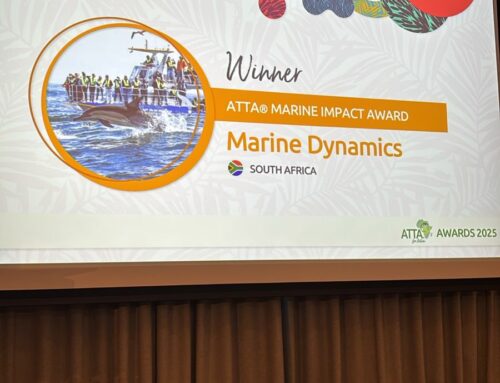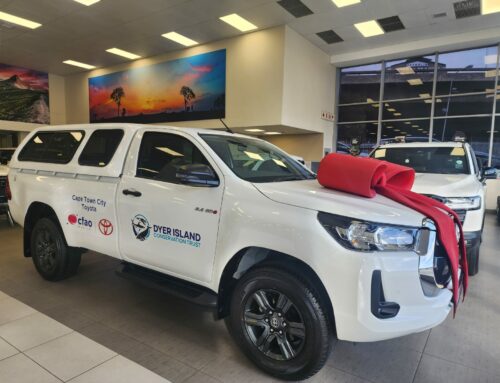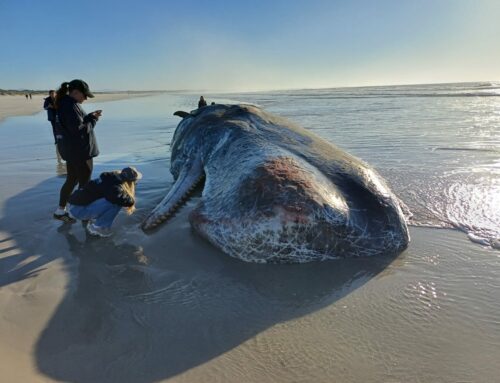On 17 August, our marine wildlife rehabilitator, Xolani Lawu, received an urgent call from Arniston about a special visitor—a Subantarctic fur seal—found weak along the coast. Knowing that this young seal had traveled an extraordinary distance and needed immediate care, Xolani drove the 100 kilometers to Arniston. By 20:00 that evening, they arrived safely back at the African Penguin and Seabird Sanctuary (APSS).
Subantarctic fur seals are stunning creatures with brown heads and backs, contrasting beautifully with creamy white or orange faces and chests. Males of the species typically weigh between 70 and 165 kilograms, while females are smaller, at 25 to 67 kilograms—far lighter than the local Cape Fur Seals, whose males can reach up to 300 kilograms! Newborn Subantarctic fur seal pups weigh around 4 kilograms. These seals breed in the summer, with mothers nurturing their pups for 11 months, alternating between feeding their young ashore and hunting at sea for days or weeks at a time.
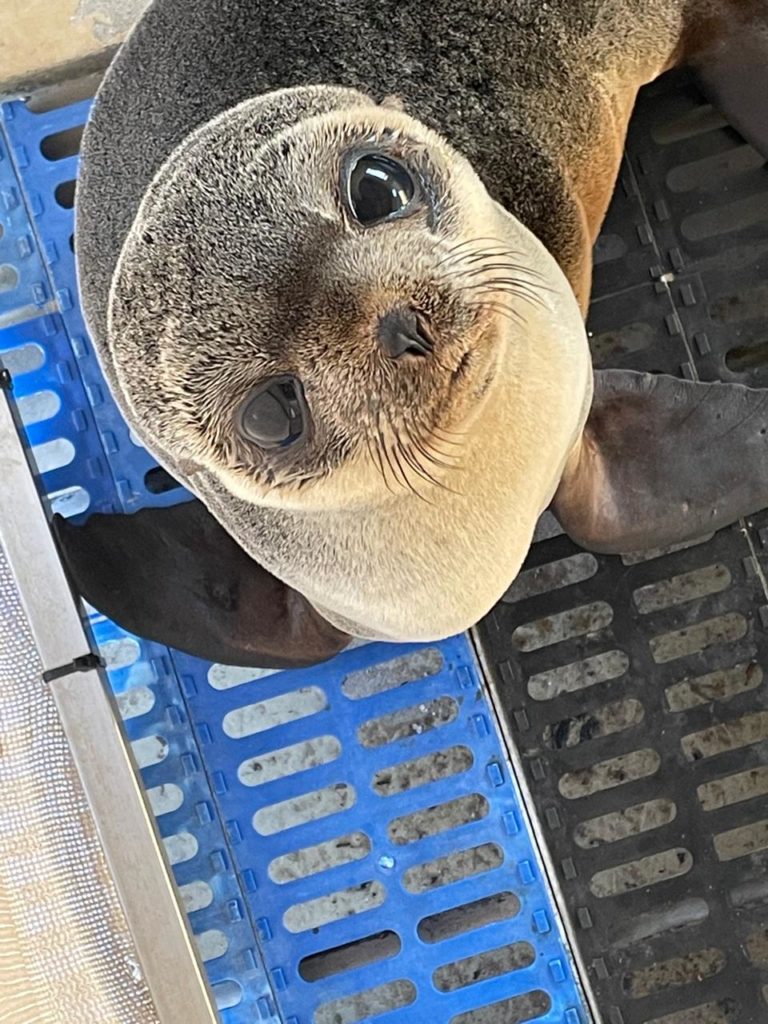
While Subantarctic fur seals breed and rest on the islands of the Southern Ocean—such as Gough, Marion, and Prince Edward—the species is known for its long travels, occasionally straying ashore on Southern Hemisphere continents. The population has rebounded after a decline due to sealing in the 18th and 19th centuries.
When we first met “Teddy,” as he was lovingly named by the APSS rescue and rehabilitation team, we knew we had to help. The closest colony of Subantarctic fur seals to South Africa is on Marion Island, part of the Prince Edward Islands—an astonishing 1,920-kilometer journey away! Teddy arrived extremely weak, weighing just 8.88 kilograms. He required daily tube feedings and six fish per day to start regaining his strength. By the second week, Teddy’s recovery was evident—thanks to the dedication, love, and care of the team at APSS. His diet increased from 8 fish a day in mid-August to 20 fish by the end of September!
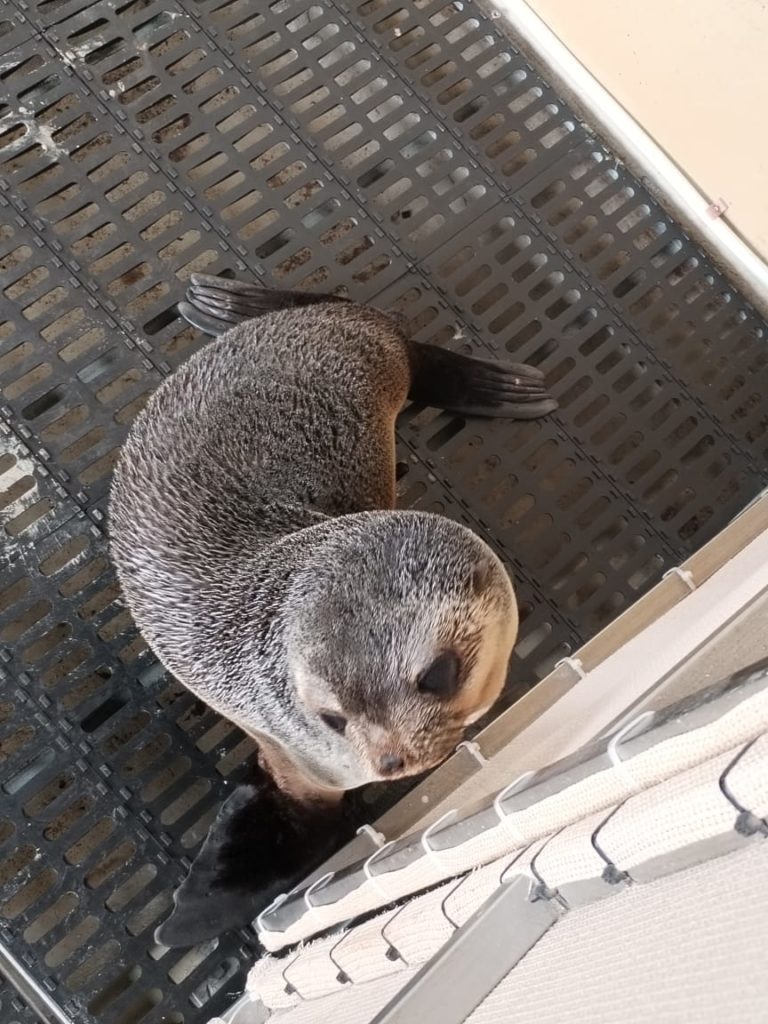
Teddy became a lively and energetic presence at the sanctuary, especially enjoying his swims in the pond. He’d swim against the current to build his strength, and it was a heartwarming sight to see him twirl gracefully in the water—or even nap, floating peacefully on his back. Teddy clearly felt safe and well-cared for at APSS.
Dr. Greg Hofmeyr, a marine mammal biologist and curator of Bayworld’s marine mammal research collection in Gqeberha, soon reached out to the Dyer Island Conservation Trust and APSS. Dr. Hofmeyr was already caring for three other Subantarctic fur seals and a young female named Maddy was on her way from Houtbay Seal Rescue. He proposed that Teddy could catch a ride with Maddy if the teams could meet halfway in Caledon. Teddy and Maddy safely arrived at Bayworld, where Teddy weighed a healthy 11.5 kilograms, though Dr. Hofmeyr humorously noted, “He just looks at you with those big eyes, asking for more food, all the time.”
In two weeks’ time, the five young seals, including Teddy and Maddy, will be released together. They will embark on a 2,000-kilometer journey back to the Southern Ocean. According to Dr. Hofmeyr, the team is investigating why Subantarctic fur seals, particularly adult males and yearlings, end up on the South African coastline during winter. The seals will be flipper-tagged and released 60 kilometers from shore, where they will catch the Agulhas current—acting like a conveyor belt—helping them swim up to 200 kilometers per day back to the remote islands they call home.
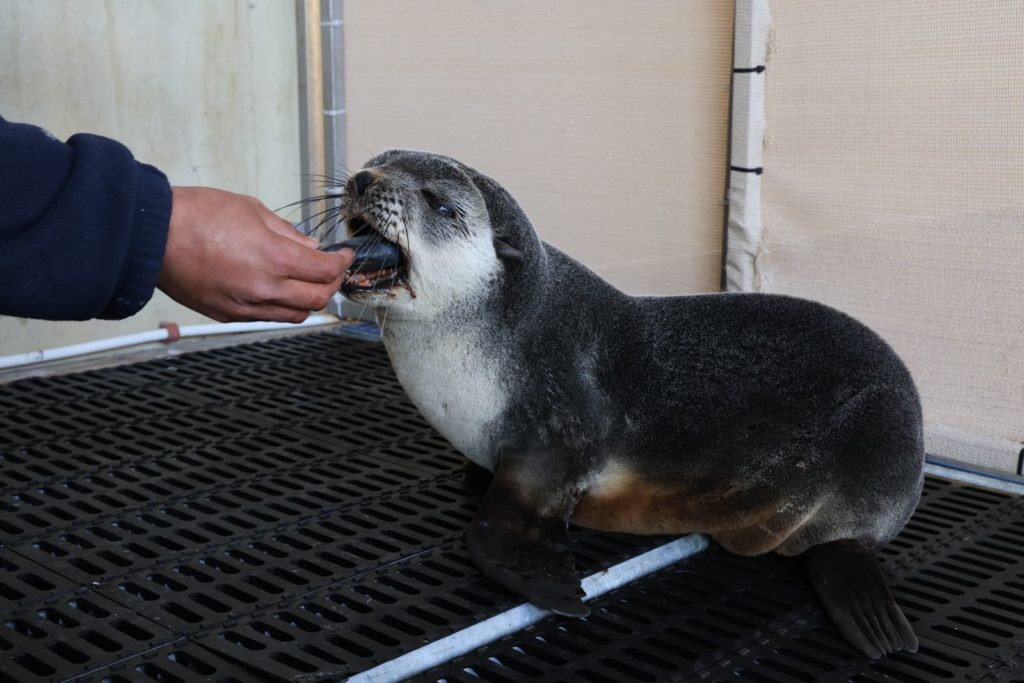
We wish Teddy and his companions a safe journey! He has certainly been a little silver lining in our last few weeks of winter at the sanctuary. A special thank you goes to Houtbay Seal Rescue for transporting Teddy, and to Dr. Hofmeyr for his care and dedication to these young seals and their release.
To support the crucial rescue and rehabilitation work at the Dyer Island Conservation Trust and the African Penguin and Seabird Sanctuary, please consider donating at www.dict.org.za/donate.

